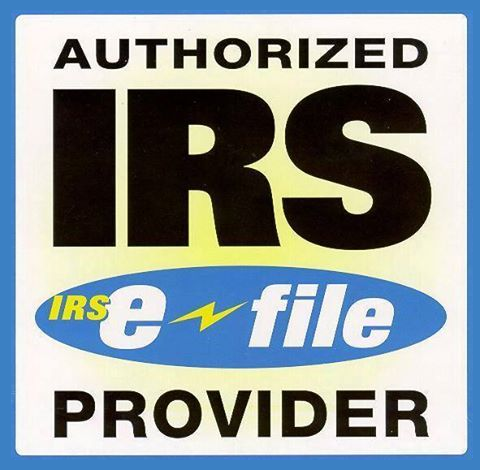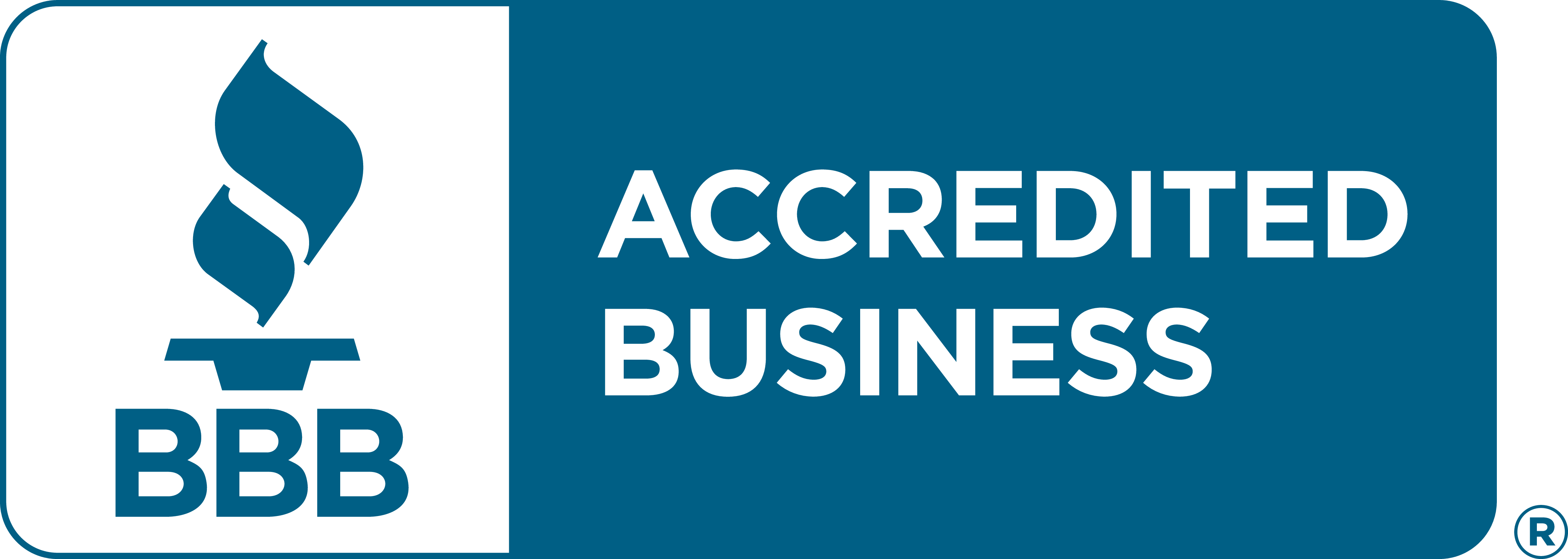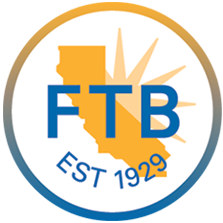Form 990 Schedule N
Excise Tax Forms
Employment Tax Forms
Information Returns
Extension Forms
FinCEN BOIR
General
Introduction
Schedule N is necessary for organizations striving to maintain transparency and compliance with the IRS. It is generally filed by tax-exempt organizations to report going out of existence or disposing of more than 25% of its net assets through sale, exchange, or other disposition.
In this resource guide, we'll delve into the filing purpose of Schedule N, identify the entities required to file, outline the filing requirements, and address common questions.
Table of Contents
What is Schedule N?
Schedule N, Liquidation, Termination, Dissolution, or Significant Disposition of Assets is a supplementary schedule that accompanies the standard Form 990/Form 990-EZ and is filed annually by tax-exempt and nonprofits.
Any organization that files IRS Form 990 or IRS Form 990-EZ and is going out of existence or disposing of more than 25% of its net assets through sale, exchange, or other disposition must complete and attach Schedule E along with their annual information return.
Who must file Schedule N?
Any exempt organization that answered “Yes” to Form 990, Part IV, Checklist of Required Schedules, line 31 or 32, or Form 990-EZ, line 36, must complete and attach Schedule N attachment to Form 990/990-EZ, as applicable.
Choose TaxZerone to complete your Schedule N filing requirements.
Your journey to staying tax-compliant starts here!
Schedule N Filing Requirements
All Section 501(c)(3) organizations that file Form 990/990-EZ must complete and attach Schedule N and their 990-EZ return.
Below, we have provided Schedule N filing requirements for each part.
Part I - Liquidation, Termination, or Dissolution
If the organization answered “Yes” on Form 990, Part IV, line 31, or Form 990-EZ, line 36, it must complete Part I of Schedule N.
This section asks various questions on whether the organization has undergone liquidation, termination, dissolution and cease operations, or significant disposition of net assets during the tax year.
Provide the details of the assets distributed or transaction expenses paid
- Date of distribution
- The fair market value of the asset(s) distributed or the amount of transaction expenses
- Method of determining FMV for asset distributed or transaction expenses
- EIN of recipient
- Name and address of the recipient
- IRC section of recipient or type of entity
In need of additional space for reporting information, Part I of the schedule can be duplicated based on the requirement.
Part II - Sale, Exchange, Disposition, or Other Transfer of More Than 25% of the Organization's Assets
If the organization answered “Yes” on Form 990, Part IV, line 32, or Form 990-EZ, line 36, it must complete Part II of Schedule N.
This section asks various questions on whether the organization sold, exchanged, disposed of, or transferred more than 25% of its net assets during the tax year.
Provide the details of the assets distributed or transaction expenses paid
- Date of distribution
- The fair market value of the asset(s) distributed or the amount of transaction expenses
- Method of determining FMV for asset distributed or transaction expenses
- EIN of recipient
- Name and address of the recipient
- IRC section of recipient or type of entity
In need of additional space for reporting information, Part II of the schedule can be duplicated based on the requirement.
Part III - Supplemental Information
This part can be used by the organization to provide the required explanation on lines 2e, 3, and 6c of Part I, Liquidation, Termination, or Dissolution and line 2e of Part II, Sale, Exchange, Disposition, or Other Transfer of More Than 25% of the Organization’s Assets.
The part can also be duplicated by the 990 and 990-EZ filers if more space is needed to provide additional information.
Choose TaxZerone to complete your Schedule N filing
TaxZerone is an IRS-authorized e-file service provider; meaning you get instant updates on your 990/990-EZ return filing status. We ensure help is available at every step to provide you with an easy e-filing experience!
At TaxZerone, we go beyond just filing – we're here to make your entire experience seamless and stress-free.
Here's how your Form 990/990-EZ return with Schedule N attachment is transmitted to the IRS - just 3 simple steps!
- Provide Organization Details - Choose the tax year for which you want to file a return, and provide your organization's details.
- Preview the Return - Complete Schedule N and preview the information provided in the return for accuracy before transmitting.
- Transmit to the IRS - Transmit Schedule N along with your 990/990-EZ return to the IRS and get the acceptance in just a few hours.
Even if the IRS rejects your exempt information return for any reason, you can correct and retransmit it to the IRS for free!
Ready to attach Schedule N along with your 990/990-EZ return with TaxZerone?
Make the e-filing process simple by clicking the button below.
Commonly Asked Questions
1. What are the two parts of Schedule N?
Schedule N consists of two parts:
- Part I: This part is for organizations that have completely liquidated, terminated, or dissolved and ceased operations during the tax year.
- Part II: This part is for organizations that are still in the process of winding up their affairs at the end of the tax year, but have not yet completely liquidated, terminated, or dissolved and ceased operations.
The schedule also has another part (Supplemental Information) that can be used by the organization to provide additional explanations on questions answered in Parts I and II.





